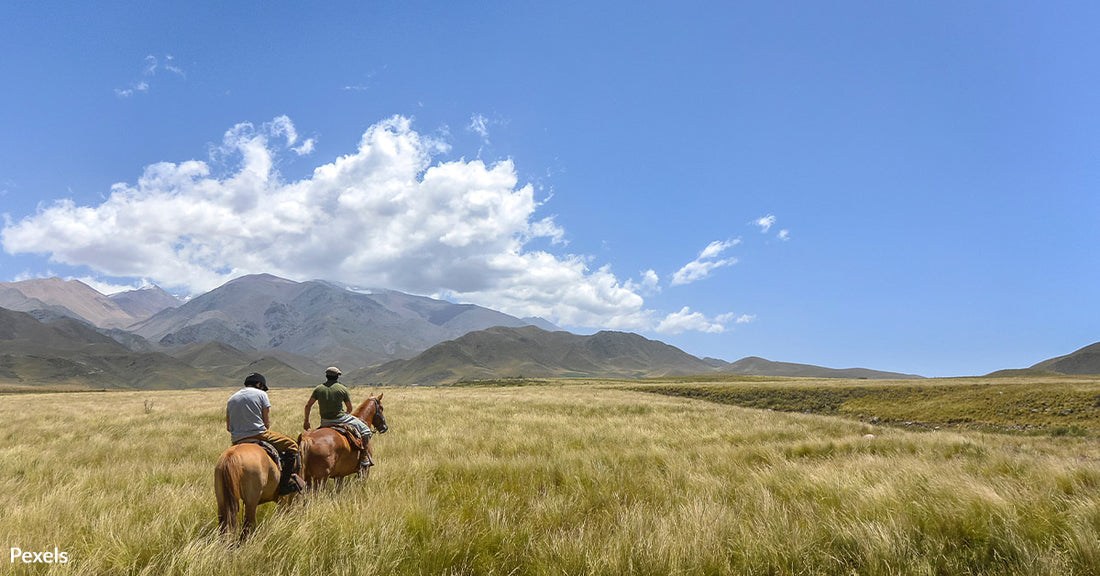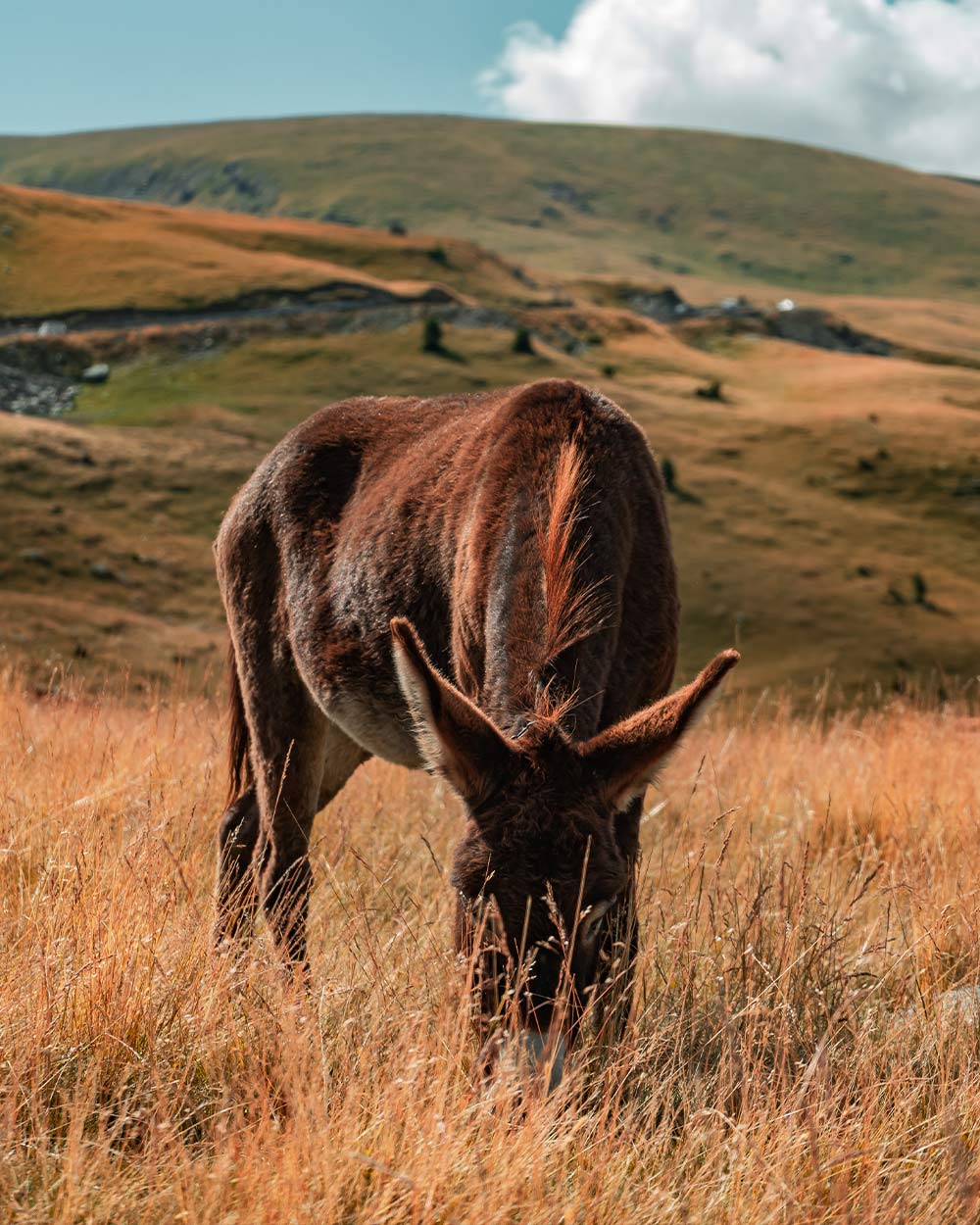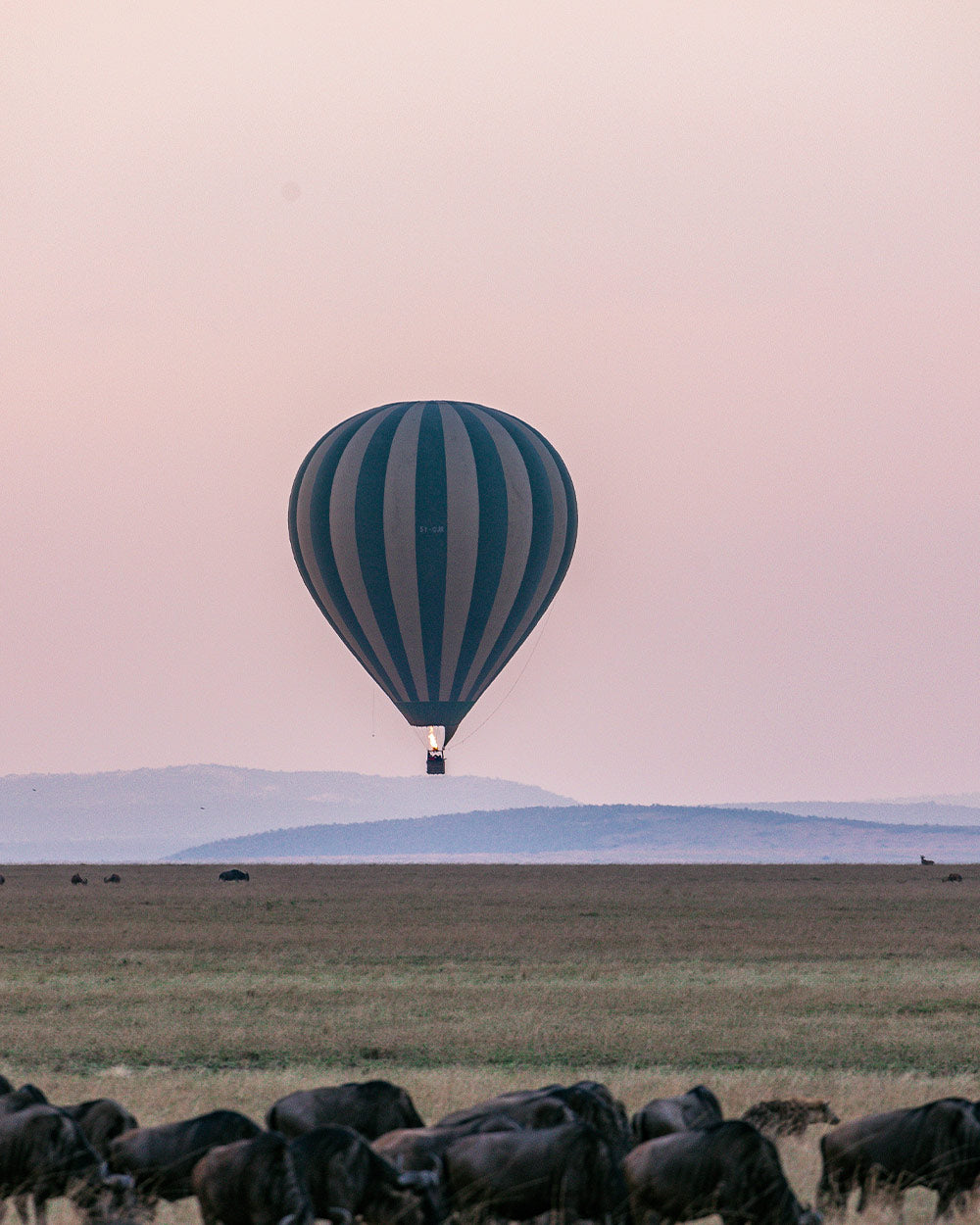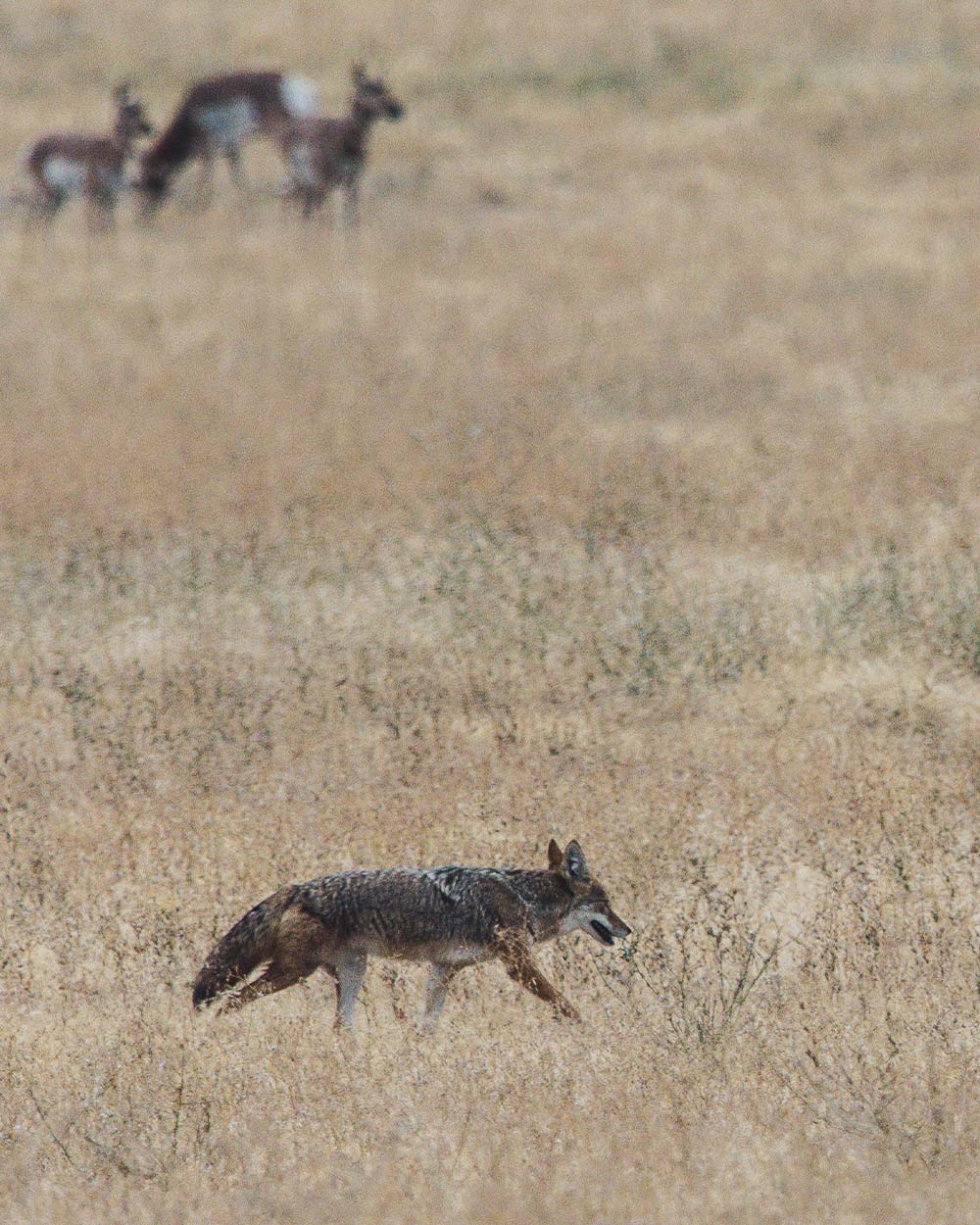Grassland Prairies are a Crucial Habitat for Wildlife, and They're Rapidly Disappearing
Matthew Russell
The grassland prairies of North America, once vast and teeming with life, are facing a rapid decline. This unique and biodiverse habitat, characterized by vast stretches of grasses, wildflowers, and diverse wildlife, is being lost at an alarming rate, The Guardian reports. It is essential to recognize the crucial role grassland prairies play in supporting wildlife populations and the potential consequences if they were to disappear completely.
The Importance of Grassland Prairie for Wildlife
The grassland prairies of North America provide a vital habitat for numerous species of wildlife. These vast expanses of grasses and wildflowers support a remarkable array of animals, from large mammals to countless bird species, insects, and reptiles.
Here are a few important areas of environmental health that these habitats support:
 Photo: Pexels
Photo: PexelsThe grassland prairies of North America are rapidly disappearing.
Biodiversity Hotspots
Studies show that grassland prairies are biodiversity hotspots, harboring a diverse array of flora and fauna. They are home to a myriad of species specially adapted to this unique ecosystem. From iconic grassland birds like the greater prairie chicken and the bobolink to swift foxes, pronghorns, and countless insect species, the prairies support a rich tapestry of life. The open grasslands offer ample foraging opportunities, nesting sites, and protection for these wildlife populations.
Nesting and Breeding Grounds
For many bird species, grassland prairies are critical nesting and breeding grounds. Birds such as larks, sparrows, and various birds of prey rely on the open spaces, tall grasses, and abundance of insects found in these habitats to successfully raise their young, reports the Bird Conservancy of the Rockies. The loss of grassland prairies threatens the reproductive success of these bird species, leading to population declines and ecological imbalances.
 Photo: Pexels
Photo: PexelsThese prairies are vital habitats for diverse wildlife species.
Migration Pathways
Grassland prairies serve as vital stopover points for migratory birds during their long journeys. These expansive landscapes provide essential resources such as food, water, and shelter for exhausted birds traveling long distances. The disappearance of grassland prairies disrupts these critical migration pathways, potentially endangering the survival of many bird species that rely on them.
Keystone Species
Several keystone species call the grassland prairies their home, playing crucial roles in maintaining the balance and functionality of the ecosystem. Prairie dogs, for example, are considered a keystone species due to their burrowing behavior. Their burrows create habitat for numerous other species, provide shelter for small mammals, and help aerate the soil. Similarly, studies show that bison, with their grazing patterns, shape the prairie landscape and influence plant growth, thereby affecting the entire ecosystem.
 Photo: Pexels
Photo: PexelsGrassland prairies support a rich tapestry of flora and fauna.
Threats to Grassland Prairies
Despite their importance, grassland prairies face numerous threats that contribute to their rapid decline. Understanding these threats is crucial for implementing effective conservation strategies.
Here are some of the major challenges that jeopardize the existence of these unique habitats:
Conversion for Agriculture and Urbanization
Historically, grassland prairies have been converted for agriculture, leading to the loss of vast expanses of native grasses and the fragmentation of the remaining habitat. According to Grassland Heritage, the cultivation of crops and the expansion of urban areas result in the destruction and degradation of critical prairie ecosystems. As a result, the natural balance is disrupted, wildlife populations decline, and biodiversity suffers.
 Photo: Pexels
Photo: PexelsKeystone species like prairie dogs and bison shape the prairie ecosystem.
Habitat Fragmentation
The fragmentation of grassland prairies due to human activities, such as the construction of roads and infrastructure, creates isolated pockets of habitat. This fragmentation hinders the movement and dispersal of wildlife, disrupts ecological processes, and increases the vulnerability of species to extinction. Small, disconnected prairie fragments are more susceptible to invasive species and are less resilient to environmental changes.
Invasive Species and Altered Fire Regimes
The invasion of non-native plant species, such as leafy spurge and cheatgrass, poses a significant threat to grassland prairies. Studies show that these invasives outcompete native vegetation, altering the structure and composition of the ecosystem. Additionally, altered fire regimes, often caused by human activities, disrupt the natural cycle of grassland fires that historically played a vital role in maintaining the health and biodiversity of prairies.
 Photo: Pexels
Photo: PexelsGrassland prairies are being converted for agriculture and urbanization.
Climate Change
As the USDA's Climate Change Resource Center reports, the impacts of climate change, including increased temperatures, altered precipitation patterns, and extreme weather events, further exacerbate the threats faced by grassland prairies. These changes can affect the growth and distribution of native grasses, disrupt the timing of plant flowering and seed production, and impact the availability of resources for wildlife. Climate change poses a significant challenge to the already vulnerable grassland prairie ecosystems.
Consequences of Prairie Disappearance
If grassland prairies continue to disappear at the current rate, the consequences for wildlife and ecosystems would be far-reaching and profound. Here are some potential outcomes if we fail to address the threats faced by these critical habitats:
 Photo: Pexels
Photo: PexelsHabitat fragmentation threatens the connectivity of prairie ecosystems.
Loss of Biodiversity
The disappearance of grassland prairies would result in the loss of countless species that rely on this habitat for survival. The unique adaptations and relationships developed within the prairie ecosystem would vanish, leading to a significant decline in biodiversity. Studies show that this loss would have cascading effects on the overall health and resilience of ecosystems, as well as potential disruptions to ecological processes.
Decline of Iconic Species
Many iconic grassland species, such as the greater prairie chicken, burrowing owls, and swift foxes, would face heightened risks of population decline or even extinction. The loss of these charismatic species not only diminishes the beauty of our natural heritage but also disrupts the intricate web of interactions they have with other species, further destabilizing ecosystems.
 Photo: Pexels
Photo: PexelsIconic grassland species face increased risks of decline or extinction.
Disrupted Ecosystem Services
Grassland prairies provide numerous ecosystem services that benefit both wildlife and humans. They play a role in carbon sequestration, water filtration, and soil health, contributing to the overall well-being of the planet. The disappearance of these prairies would result in the loss of these vital ecosystem services, affecting water quality, climate regulation, and the sustainable livelihoods of communities that depend on these resources.
Cultural and Historical Loss
Grassland prairies hold immense cultural and historical significance, serving as ancestral lands for Indigenous communities and playing a vital role in the history and identity of North America. The disappearance of these prairies would signify the loss of these cultural connections, eroding our understanding of the past and diminishing the diversity of our collective heritage.
 Photo: Pexels
Photo: PexelsThe disappearance of grassland prairies would lead to a loss of biodiversity. Help us take action!
Preserving the grassland prairies of North America is of utmost importance for the well-being of wildlife, ecosystems, and our shared planet. Recognizing the significance of these habitats, addressing the threats they face, and implementing effective conservation measures are essential steps in ensuring the survival of these unique and biodiverse ecosystems. By valuing and protecting the grassland prairies, we honor our natural heritage and safeguard the intricate web of life that depends on their existence. Let us strive to preserve and restore these vanishing treasures for future generations to cherish and appreciate.
Help protect the disappearing grassland prairie. Click below to make a difference!

